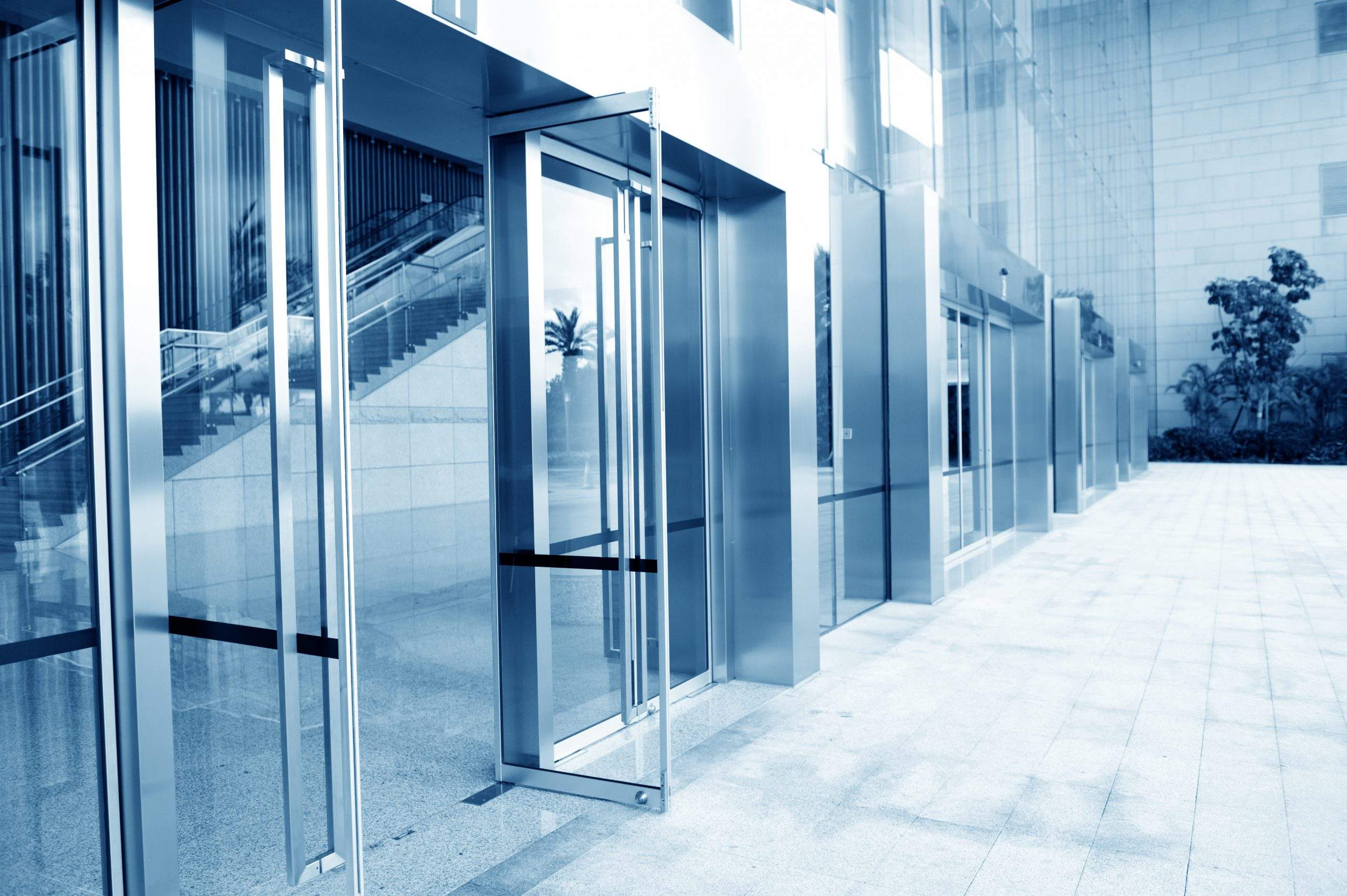
Entry doors provide an essential method of protection for commercial buildings. From retail stores to banks, having a door that meets the building code is vital to protecting the occupants and items inside of a building. Let's discover the importance of building code laws for commercial entry doors
In the case of an emergency, these same doors are the primary method of exiting, and it’s imperative they are up to code and in working order.
So when it comes to these entry doors, what are the codes and standards they need to meet? And why are these standards so important? Let’s dive in and see what some of the most important building codes are when it comes to commercial doors.
Building codes are typically unique to states, cities, municipalities, and other levels of government. While there isn't one global law that impacts how buildings are made, the International Building Code is updated every three years by the International Code Council, and many municipalities across the world decide to use these codes.
Some locations adopt either the code entirely or elect to use certain sections and adjust the rest to fit their specific needs.
In Chapter 10, “Means of Egress,” the ICC specifies the sizing of the doors, ceiling heights, what hardware can be used for the doors, and even how the entry doors should be illuminated in the case of darkness or a power outage.
The code varies widely and depends on the function of the building, the function of the room the doors lead to, and the size of the building overall.
The Americans with Disabilities Act was passed by Congress in 1990 and isn't technically a code but a law. Contractors must build all commercial structures in the United States to the act’s standards to comply with the law.
The ADA has strict requirements when it comes to commercial doors. Some of these include:
The above doesn't cover all requirements for doors under the ADA. Note that some municipalities enforce stricter standards for all commercial building construction.
The Americans with Disabilities Act aids accessibility, while the National Fire Protection Association's model code enhances fire escape and saves lives.
Like the International Building Code, the NFPA code is not a law and isn’t required to be followed. Again, municipalities may elect to make these standards required, but the NFPA does not require it.
Some of the standards included in the NFPA code include:
Many manufacturers, including CDF Distributors, provide doors that follow all of the standards in the NFPA code.
Local governments determine building codes, and various organizations publish additional codes to guide builders and businesses. These include the Fair Housing Act in the USA, the LEED certification standards, and more.
Having your building and doors up to code is of utmost importance. Give CDF Distributors a call today to discuss the many options you have for entry doors that meet and exceed every published standard.